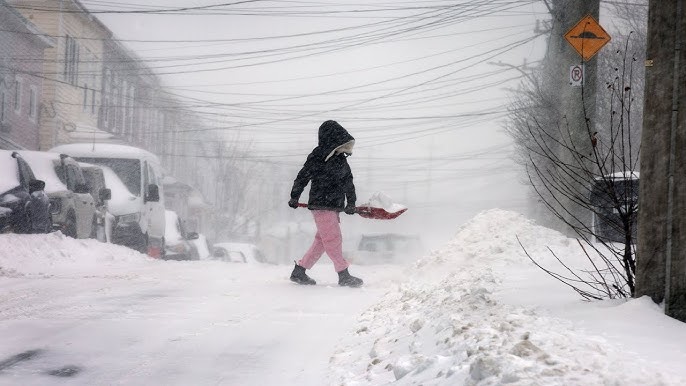Winter is heading into its final stretch, but across much of the country, it doesn’t really feel like it. With warmer-than-usual temperatures in many places, people are starting to wonder if winter will make a comeback—or if it’s time to start thinking about spring.
According to NOAA’s latest forecast, the answer isn’t so simple. The weather in February is expected to be all over the place, influenced by shifting atmospheric patterns that can impact temperatures and precipitation levels across the U.S.
Overall, February is expected to be warmer than normal in most areas, with near-average rainfall or snowfall. The South will likely see the biggest warm-up, while colder-than-average conditions could hit the Pacific Northwest and areas near the U.S.-Canada border.
In terms of precipitation, the Pacific Northwest and Midwest might get more rain and snow than usual, while places like Texas and the Southeast could be drier than normal.
As the month begins, record-high temperatures are expected in some areas, making it feel more like spring than winter. Historically, February is one of the coldest months of the year, often bringing major winter storms—but right now, there’s no sign of any big snow events in the near future.
That being said, there are a few clues about where snow might still fall. The Gulf Coast, which saw an extremely rare snowfall in January, isn’t expected to experience anything like that again this winter. Cold air won’t reach far enough south to make it happen. The Northeast’s I-95 corridor, which has yet to see a major snowstorm this season, also isn’t looking likely to get one in February, thanks to fluctuating temperatures and moisture levels.
On the flip side, the Rocky Mountains and the Pacific Northwest have a better chance of seeing snowfall, as those regions are expected to stay cold with plenty of moisture in the air. The Midwest could also see some snow, especially in cities like Minneapolis, Chicago, and Detroit, as long as storm systems collide with enough cold air.
So, how does this winter stack up against past years? If the season ended today, it would be considered pretty average overall. However, there are some extremes—Phoenix is on track for its warmest winter on record, while parts of the mid-Atlantic and Delmarva Peninsula are experiencing one of their coldest.
February will play a big role in shaping how this winter is remembered. If the warmth continues, it will reinforce the trend of increasingly mild winters. But if February surprises us with a deep freeze, it could leave behind memories of bitter cold and Arctic blasts.
No matter what happens, meteorological spring officially kicks off on March 1, bringing the potential for a warm season ahead. NOAA’s outlook suggests much of the country will experience above-average temperatures, with the Great Lakes region continuing to see plenty of precipitation.





